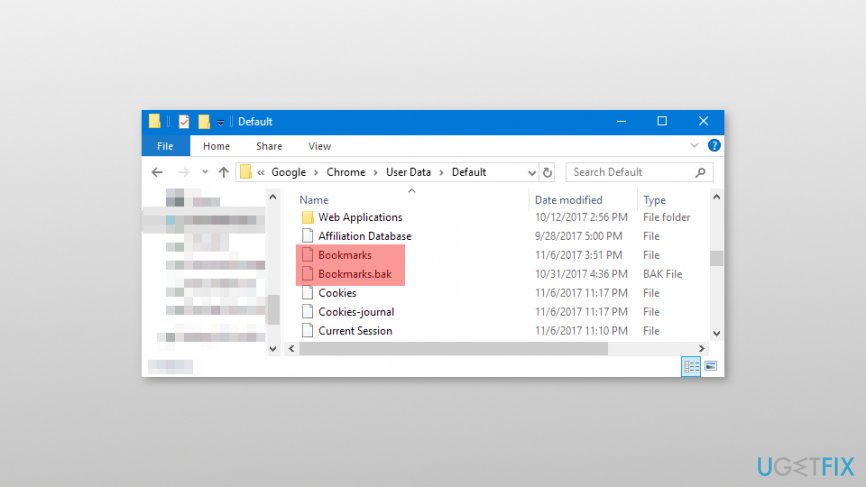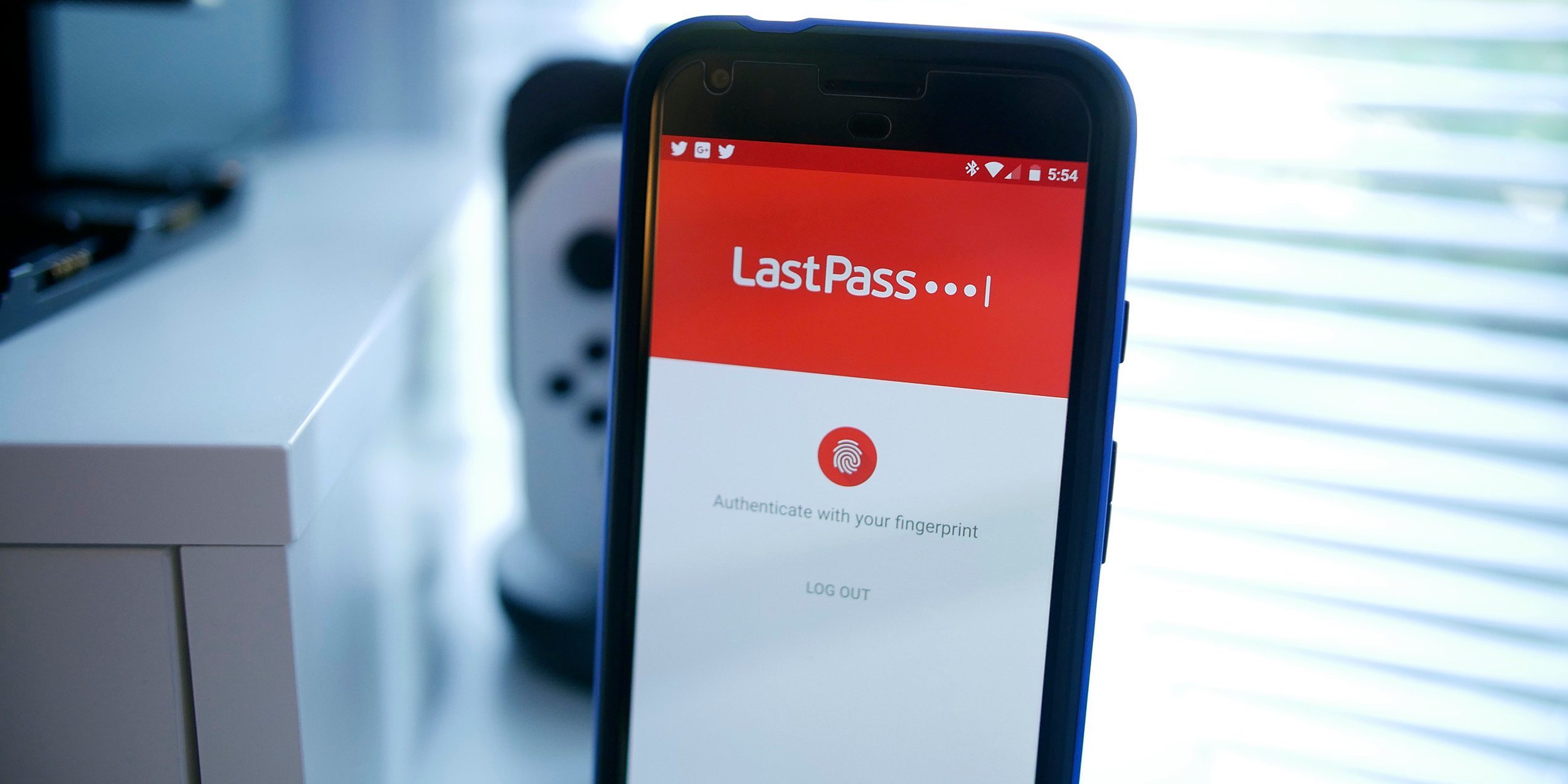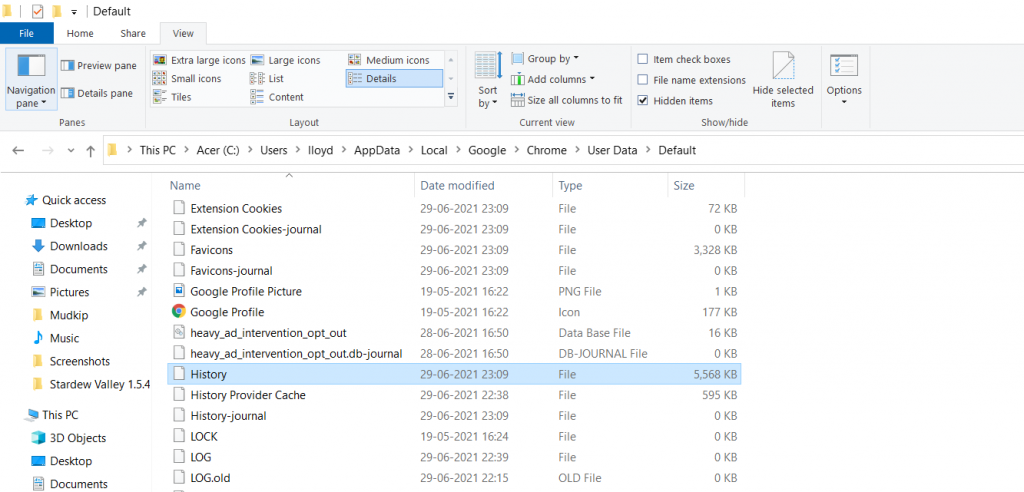

Still, the tool is helpful to get (or give) an idea of many types of vision problems.
 Settings are not linked to statistical probabilities, so it’s difficult to know how likely it is that NoCoffee is showing you something seen by many users. The simulations of partial visual fields cannot follow your eyes. The simulations are not medically/scientifically accurate. To use NoCoffee, download and install it from the Chrome store, and then click on the extension icon in the Chrome toolbar. Note: the simulations of partial visual fields cannot follow your eye gaze as they would in the real world.
Settings are not linked to statistical probabilities, so it’s difficult to know how likely it is that NoCoffee is showing you something seen by many users. The simulations of partial visual fields cannot follow your eyes. The simulations are not medically/scientifically accurate. To use NoCoffee, download and install it from the Chrome store, and then click on the extension icon in the Chrome toolbar. Note: the simulations of partial visual fields cannot follow your eye gaze as they would in the real world. 

Obstructed visual field: floaters, obstruction to one side (retinal detachment or hemanopia), obstructed central vision (glaucoma), spotty vision (diabetic retinopathy) or obstructed peripheral vision (retinitis pigmentosa or macular degeneration).
Other: Visual snow, glare and ghosting:. Chris Campbell has a great article describing color-related design problems and solutions. Incidentally, here are some great tools for analyzing contrast on the web, and my favorite is the Snook Colour Contrast Check.Īlthough color use in design is definitely a good thing, it’s important to remember the maxim “do not rely on color alone”, as 7-10% of males have some form of colorblindness. Many designers use text with very low contrast, e.g. While it’s true that users use built-in browser zoom or assistive technologies like ZoomText, many non-technical users do not know how. Some pages use very small text or click targets. NoCoffee is a free extension for Chrome ( download link), which can be helpful for understanding the problems faced by people with slight to extreme vision problems, such as: is expected to double by 2020, due to the aging of the baby boomer generation. Many more have low or moderate visual difficulties. Upwards of 285 million people worldwide are visually impaired. Vision problems are more pervasive than most of us realize.








 0 kommentar(er)
0 kommentar(er)
